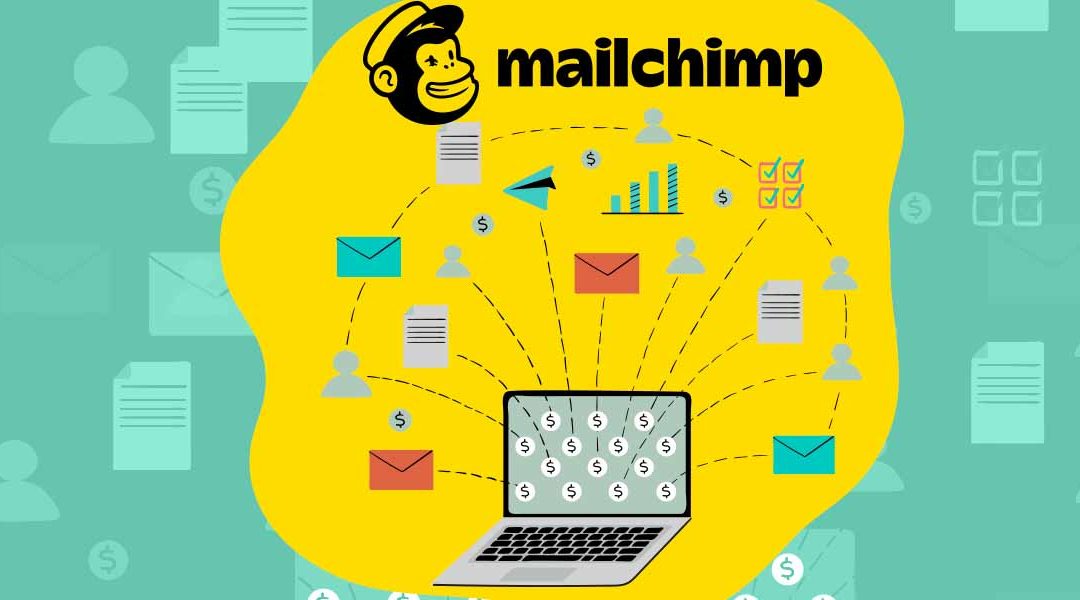Contract Automation: A Comprehensive Guide
Table of Content
In the modern business landscape, contract automation is changing the way businesses handle contracts. According to Forrester, firms that use contract automation systems can reduce contract creation time by up to 82%, considerably increasing efficiency and productivity.
Digital contract solutions enable firms to accelerate and standardize their contract procedures, reducing errors and compliance concerns. According to a study conducted by the International Association for Contract & Commercial Management (IACCM), automated contract management solutions can reduce contract management costs by 30 to 50%.
In this blog, we will look into contract digitalization, covering what it is, its benefits, and how it works. We’ll help you choose the best contract process automation solution and analyze the constraints.
What is contract automation?
Contract automation refers to the use of software tools to generate contracts and streamline workflows with minimal manual input. This technology eliminates routine contract administration tasks, allowing business professionals to focus on more crucial aspects of the contract lifecycle. By implementing contract digitalization, businesses can build and execute repeatable contract workflows, reducing manual work and accelerating the contract process.
Benefits of contract automation
1. Increased Efficiency
Contract automation streamlines the contract creation process, reducing time spent on drafting and revisions. By automating repetitive tasks, businesses can free up valuable resources and focus on more strategic activities. Automation tools also facilitate collaboration by allowing multiple stakeholders to work on a contract simultaneously, further speeding up the process.
2. Reduced Errors
Contract digitalization minimizes human errors by standardizing contract templates and workflows. Automated systems ensure that all necessary clauses and terms are included, and help prevent inconsistencies, leading to higher accuracy and reliability in contract documentation.

3. Faster Execution
Digital contract solutions accelerate the signing process, enabling quicker contract finalization and execution. Electronic signature capabilities enable parties to sign contracts from anywhere in the world, drastically reducing the time required for contract execution. This speed not only enhances operational efficiency but also helps in seizing business opportunities promptly.
4. Enhanced Compliance
Automated systems ensure contracts comply with legal and regulatory standards consistently. These systems can be programmed to include necessary compliance checks, thereby reducing the risk of legal non-compliance. Automated alerts and updates help in keeping the contracts up-to-date with any regulatory changes.
5. Cost Savings
By reducing manual labor and administrative tasks, contract automation lowers overall contract management costs. Automation reduces the dependency on extensive legal teams for routine tasks, enabling businesses to reallocate budgets toward more strategic investments.
6. Improved Visibility
Contract digitalization provides better tracking and monitoring of contract statuses and milestones. This enhanced visibility allows businesses to keep track of important dates, obligations, and performance metrics, ensuring that nothing falls through the cracks.
7. Scalability
Automated workflows enable businesses to handle a higher volume of contracts without additional resources. As companies grow, their contract management needs also increase. Automation provides the scalability to manage this growth efficiently, ensuring that the quality and compliance of contracts are maintained even with a larger volume.
8. Better Resource Allocation
Digital contract solutions free up legal and business professionals to focus on strategic tasks rather than routine administrative work. This improved resource allocation allows professionals to concentrate on negotiating better terms, building stronger relationships, and driving business growth rather than getting bogged down by paperwork.

9. Quicker Revenue Realization
Faster contract execution through automation leads to quicker routes to revenue and business growth. By shortening the contract lifecycle, businesses can commence projects, deliver services, or ship products sooner, thereby accelerating the realization of revenue.
How does contract automation work?
Contract automation works by utilizing software tools to streamline and manage the entire contract lifecycle. Here’s how it functions:
1. Template Creation and Standardization:
The software provides standardized templates, ensuring consistency and compliance across all contracts. These templates include pre-approved clauses and terms, reducing the need for manual drafting.
2. Data Input and Integration:
Automated systems pull data from various sources (e.g., CRM, ERP) to populate contract fields accurately and efficiently. Integration with existing business systems ensures that all necessary information is included without manual entry.
3. Drafting and Review:
Automated tools generate initial drafts based on inputted data and selected templates. The system routes drafts to the appropriate stakeholders for review and approval, tracking changes and comments.

4. Approval Workflow:
Software automates the approval process, sending notifications and reminders to relevant parties to ensure timely reviews. Automated approval workflows ensure that all necessary approvals are obtained before finalizing the contract.
5. Execution and Signing:
Digital signature tools enable secure and efficient contract signing, often integrated directly into the automation software. The system tracks the signing process, providing real-time updates on contract status.
6. Post-Signature Management:
Once signed, contracts are stored in a centralized repository, making retrieval and tracking straightforward. Automated alerts and notifications help manage contract renewals, expirations, and compliance requirements.
7. Analytics and Reporting:
The software generates reports and analytics on contract performance, helping businesses identify bottlenecks and areas for improvement. Detailed reporting provides insights into contract lifecycle stages, helping optimize future contract processes.
How to select the right contract automation?
Selecting the right contract automation solution involves assessing your specific needs and evaluating key features to ensure alignment with your business goals. Here’s a structured approach:
1. Assess Your Requirements:
Identify specific needs for contract automation, including contract creation, approval workflows, compliance tracking, and reporting.
2. Define Key Features:
Prioritize essential features such as template management, integration capabilities with existing systems, electronic signatures, and audit trails for comprehensive contract digitalization.
3. Evaluate Scalability:
Ensure the chosen solution can scale to accommodate growing contract volumes and evolving business requirements, supporting seamless digital contract solutions.
4. Check Integration Capabilities:
Verify seamless integration with CRM, ERP, and document management platforms to facilitate data exchange and streamline contract management processes.
5. Assess User-Friendliness:
Opt for a user-friendly interface that simplifies contract administration and enhances user adoption, promoting efficient contract automation across the organization.

6. Review Security Measures:
Prioritize data security with features like role-based access control, encryption, and compliance certifications, ensuring robust protection throughout contract digitalization.
7. Consider Customization Options:
Look for customization capabilities to tailor the solution to your unique business processes, enabling optimized digital contract solutions.
8. Evaluate Vendor Reputation and Support:
Research vendor reputation, customer support quality, and reliability to ensure a smooth implementation and ongoing support for contract automation.
9. Compare Pricing and ROI:
Assess the total cost of ownership, including licensing, implementation, and ongoing support costs, against expected ROI and value delivered by the contract digitalization solution.
10. Request Demos and Trials:
Request demos and trial periods from shortlisted vendors to experience the solution’s usability, performance, and suitability for your organization’s contract automation needs.
Limitations
1. Complexity of Contracts:
Highly complex contracts, requiring nuanced legal language and extensive customization, may exceed the capabilities of standard contract automation templates.
2. Human Involvement:
Despite automation, certain contract management tasks necessitate human judgment and intervention, such as negotiating terms, resolving disputes, and interpreting legal language.
3. Integration Issues:
Integrating contract automation software with existing systems and workflows can pose compatibility challenges, hindering seamless data exchange and workflow integration.

4. Data Security Concerns:
Storing sensitive contract data in digital formats raises concerns about data security and privacy, necessitating robust measures to protect against unauthorized access and cyber threats.
5. Regulatory Compliance Challenges:
Ensuring compliance with evolving legal and regulatory requirements across various jurisdictions can be complex and challenging.
Conclusion
In summary, while contract automation offers significant advancements in contract management efficiency, it’s crucial to recognize the challenges it presents. From navigating complex contractual landscapes to ensuring seamless integration and regulatory compliance, organizations must adopt a balanced approach that combines technological innovation with human expertise.
Robylon AI shows how this works well by providing easy-to-use workflow automation and features like copilots that help with negotiating complex contract terms. By carefully using these new tools, organizations can take full advantage of contract automation while managing its challenges effectively.
Interested in learning more? Schedule a demo with us.







